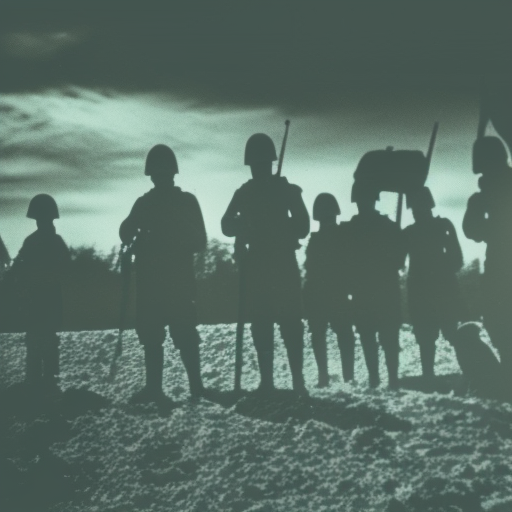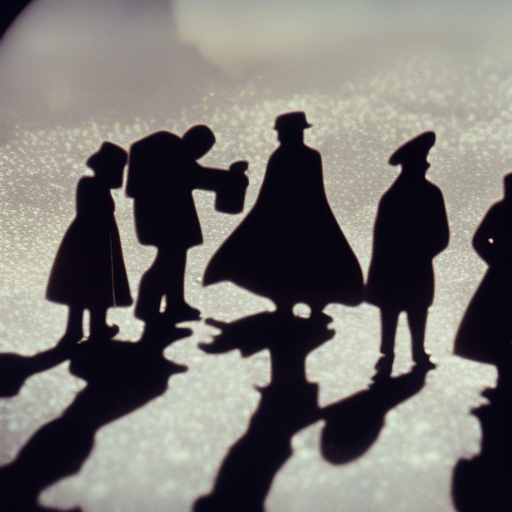Kettle War: A Brief Summary
The Kettle War, also known as the War of the Kettle, was a brief conflict that took place in 1784 between the Dutch Republic and the Austrian Netherlands (now Belgium). The war was sparked by a seemingly trivial incident involving a kettle, but it revealed deeper tensions between the two powers.
The conflict began when a Dutch customs official confiscated a kettle from a woman in the village of Meer, located near the border between the Dutch Republic and the Austrian Netherlands. The woman, who was from the Austrian Netherlands, argued that she should not have to pay customs duties on the kettle since she had purchased it in the Dutch Republic. The Dutch official disagreed and confiscated the kettle.
Word of the incident quickly spread, and it became a symbol of the perceived injustices and economic inequalities between the two territories. The people of the Austrian Netherlands saw the incident as an example of Dutch oppression and interference in their affairs. This sentiment was fueled by long-standing grievances against the Dutch Republic, which had controlled the Austrian Netherlands for much of the 18th century.
In response to the kettle incident, the governor of the Austrian Netherlands, Charles of Lorraine, decided to take action. He ordered the construction of a fort in the village of Lillo, near the border with the Dutch Republic. The fort was intended to assert Austrian control over the area and send a message to the Dutch that their actions would not be tolerated.
The Dutch Republic, led by Stadtholder William V, saw the construction of the fort as a direct challenge to their authority. They demanded that the fort be dismantled, but their demands were ignored. Faced with a perceived threat to their sovereignty, the Dutch decided to take military action.
In September 1784, Dutch forces crossed the border into the Austrian Netherlands and besieged the fort at Lillo. The Dutch army, led by General Van der Mersch, quickly overwhelmed the Austrian defenders and captured the fort. The conflict was short-lived, with the Dutch emerging as the victors.
The Kettle War had significant implications for the relationship between the Dutch Republic and the Austrian Netherlands. The conflict highlighted the deep-seated tensions between the two territories and further strained their already fragile relationship. It also demonstrated the willingness of both sides to resort to military force to protect their interests.
Despite the Dutch victory, the underlying issues that had led to the conflict remained unresolved. The Austrian Netherlands continued to chafe under Dutch control, and the Kettle War served as a catalyst for further unrest and discontent in the region. Just a few years later, in 1790, the Austrian Netherlands would rise up in rebellion against the Dutch Republic, ultimately leading to the establishment of the short-lived United Belgian States.
In conclusion, the Kettle War was a brief but significant conflict that highlighted the tensions between the Dutch Republic and the Austrian Netherlands. While it was sparked by a seemingly trivial incident involving a kettle, the war revealed deeper economic and political grievances. The Dutch emerged as the victors, but the underlying issues remained unresolved and would eventually lead to further conflict in the region.












